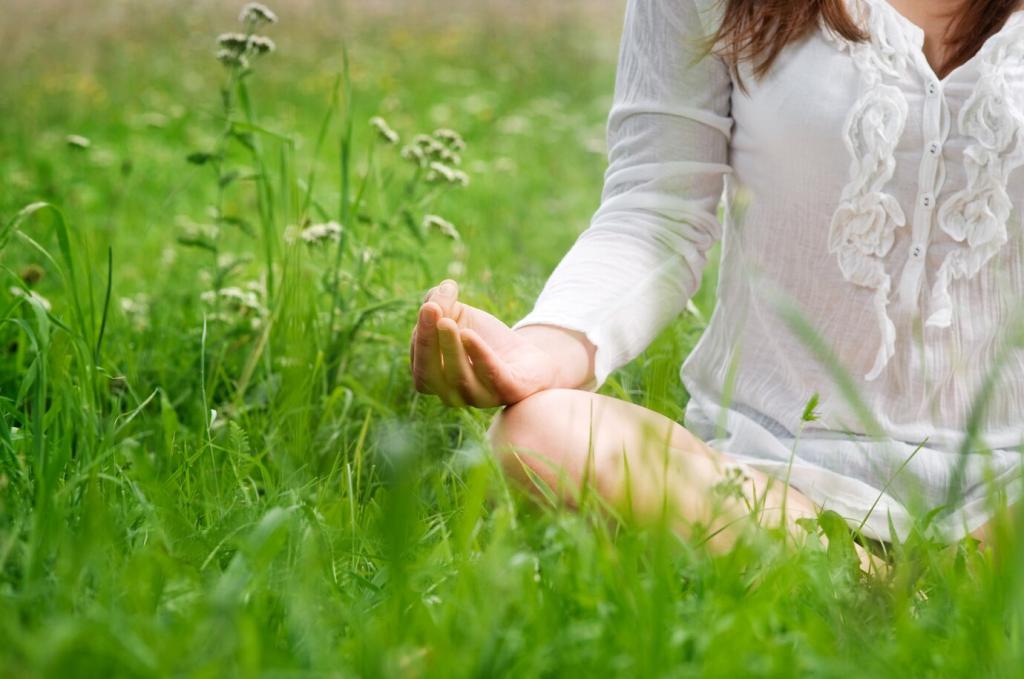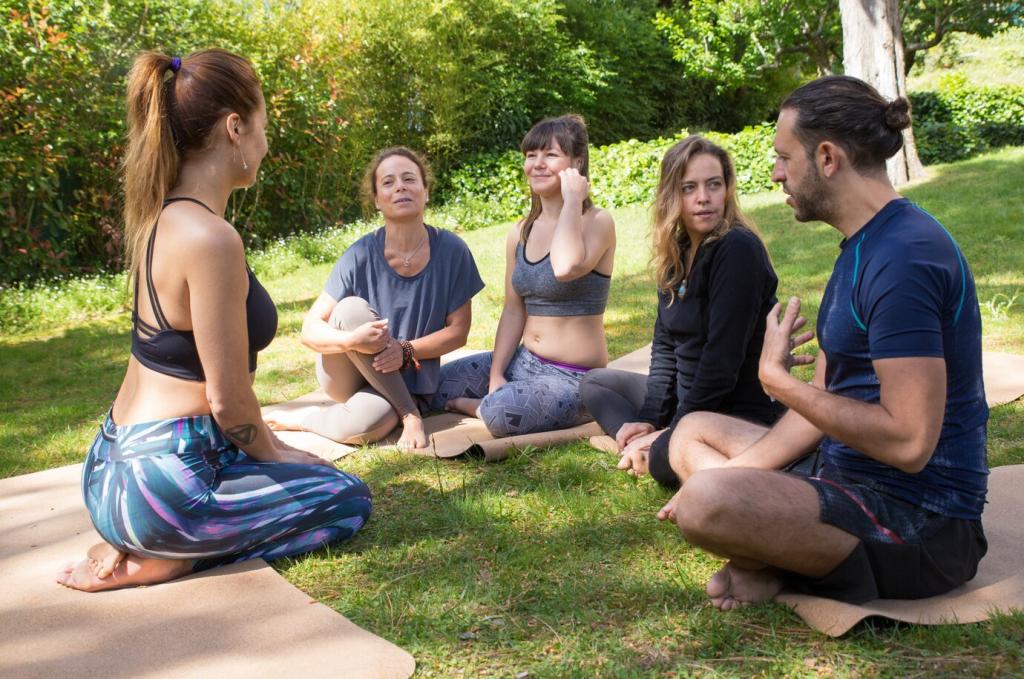
Mindfulness Meditation for Better Sleep
Chosen theme: Mindfulness Meditation for Better Sleep. Exhale the day, meet the night gently, and learn simple, compassionate practices that quiet mental noise, relax your body, and open the door to deep, genuinely restorative rest.
Why Mindfulness Meditation Calms Sleepless Nights
By training attention to rest on breath and body sensations, mindfulness meditation reduces default mode network overactivity that fuels rumination and worry. It also nudges the parasympathetic system, slowing heart rate and easing the transition into stable, drowsy readiness for sleep.


Why Mindfulness Meditation Calms Sleepless Nights
Evening mindfulness interrupts the stress loop. When you notice tension and soften your breath, cortisol gradually falls, blood pressure eases, and the loud inner commentator becomes a background whisper, making space for sleep to arrive without forcing it.


Setting Up a Mindful Bedtime Ritual
About an hour before bed, lower lights and switch to warm bulbs. This mindful dimming tells your circadian system that stimulation is receding. Add deliberate slowness—fold a blanket, sip warm tea, breathe softly—to let every gesture whisper, time to rest.
Setting Up a Mindful Bedtime Ritual
Choose a device cutoff and mark it with a small ritual: close the laptop, place the phone face down, and take five slow breaths. When urges arise to check again, notice the pull kindly, label it, and return to your breath without judgment.
A Guided Mindfulness Practice for Sleep
Lie on your side or back, hands light on your belly. Feel the rise and fall under your palms. Count five slow breaths, then let counting go. Notice weight, warmth, and any tingling. Imagine the mattress catching and supporting every exhale completely.


A Guided Mindfulness Practice for Sleep
When thoughts appear, gently label them thinking, planning, or remembering. With the label, loosen your grip and escort attention back to breath or contact with the sheets. Linger for a few moments on pleasant sensations, letting comfort expand without chasing it.

Emma noticed she clenched her jaw whenever tomorrow’s meeting popped up. One night she breathed into her jaw, hand on cheek, and whispered relax on the exhale. The meeting remained, but the clench softened, and she slipped into sleep before the alarm anxiety returned.

Raj tried a five-minute pen-and-park ritual: write tasks, close the notebook, place it outside the bedroom. When thoughts barged in, he said parked and returned to breath. His list stayed intact, but his nights stopped turning into unpaid overtime inside his head.

Lena feared that one bad night meant a bad week. She practiced noting fear, feeling feet, and lengthening exhale by two counts. The loop weakened. Some nights were still bumpy, yet her trust grew that mindful presence carries her gently across wakeful stretches.
Mindful Day, Better Night
Between emails or errands, pause for three breaths. Feel breath enter, leave, and shoulders drop. These tiny resets prevent stress from snowballing. By evening, your nervous system is less wound up, making mindful sleep practices work faster and feel far more natural.


If You Get Sleepier but Not Asleep
Shift to a body scan that ends in your feet, then stop trying entirely. Roll to your side, place a hand on your belly, and let breath rock you. Sleep often arrives once the mind senses you have truly released the goal.

If Thoughts Get Louder
Widen attention. Hear distant sounds, feel the room’s air on your skin, notice contact points. Let thoughts share space rather than dominate it. Label kindly, then rejoin sensation. This broader field reduces pressure and keeps you anchored without wrestling the mind.
